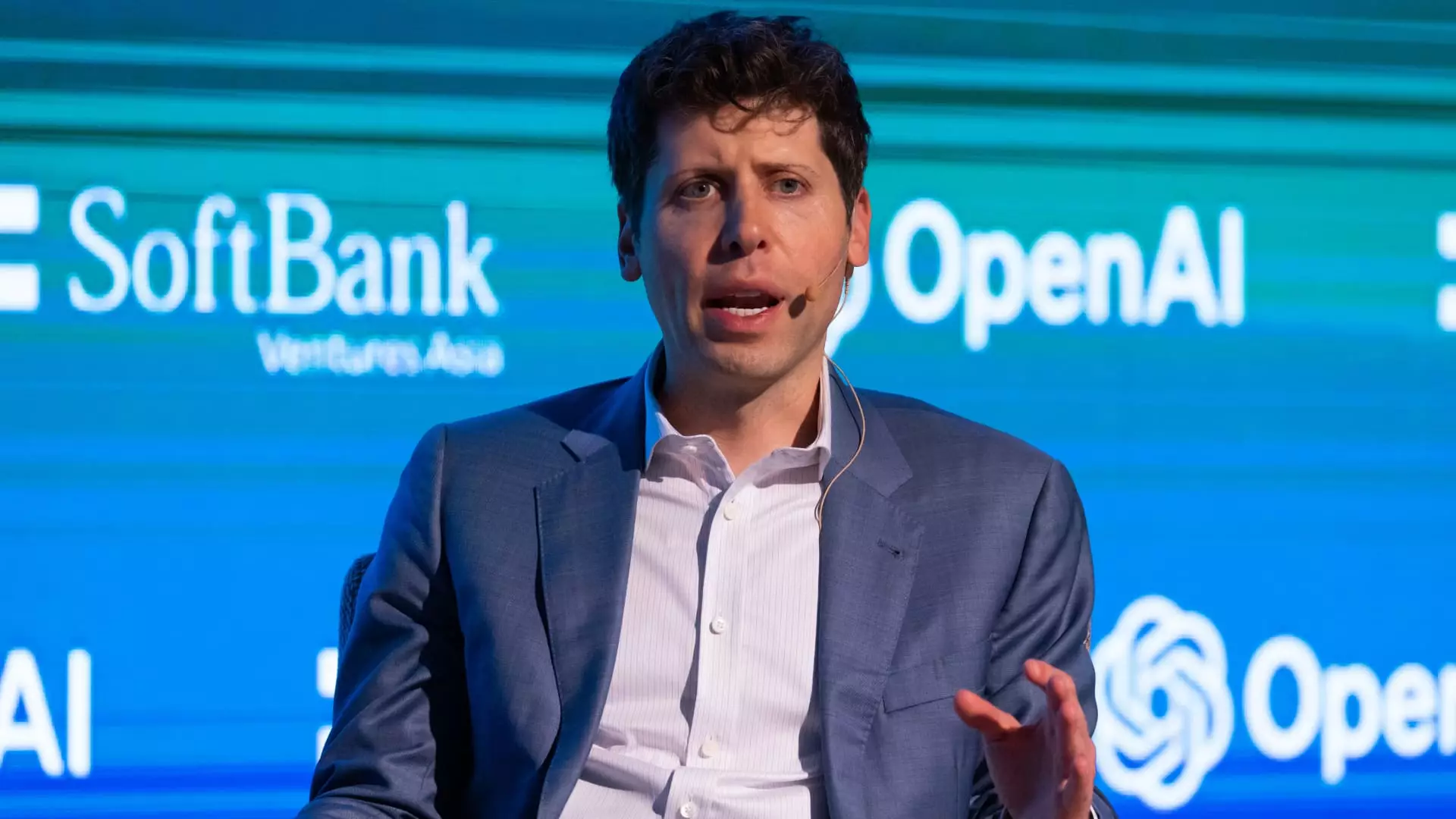OpenAI, the prominent player in the artificial intelligence landscape, is undergoing a significant transformation in its structural framework by planning to operate as a public benefit corporation (PBC) starting in 2025. This pivotal change is aimed at shedding the constraints imposed by its nonprofit origins, enabling the organization to adopt a more dynamic approach akin to high-growth startups. The move highlights the pressing need for OpenAI to secure substantial investments necessary for enhancing its capabilities and market reach. The board’s announcement illustrated the realities of modern AI development, where securing hundreds of billions in funding has become crucial for sustaining progress, particularly as interest in generative AI surges.
The realization that more capital is required than previously anticipated signals a fundamental shift in the company’s operational philosophy. OpenAI’s partnership with various high-profile investors indicates that there is a growing appetite for conventional equity models as opposed to more bespoke financial arrangements. This transition is not merely a technical rebranding but rather an acknowledgment of the competitive pressures that characterize the ever-evolving tech landscape.
Market Pressures and Financial Dynamics
OpenAI’s financial standing reflects the mounting pressures to stay ahead in a crowded market. Following the remarkable valuation of $157 billion, a feat achieved predominantly due to the success of its viral chatbot, ChatGPT, the company faces both opportunities and challenges. The recent closing of a $6.6 billion funding round illustrates the fierce competition with established tech giants such as Microsoft, Google, and Amazon, as well as emerging players like Elon Musk’s xAI and Anthropic. Current forecasts suggest that the market for generative AI could exceed $1 trillion in revenue within a decade, necessitating relentless innovation and substantial investment in research and development.
However, these growth ambitions are tempered by substantial projected losses. Reports indicate that OpenAI anticipates a staggering $5 billion in losses against $3.7 billion in revenue this year alone. To sustain this trajectory, and to fund the development of advanced AI models that require vast investments in computing infrastructure and technology, OpenAI recognizes that restructuring is essential. By transitioning to a PBC, the organization aims to create an operational framework that facilitates conventional fundraising practices while preserving the core mission of benefitting society.
The complexity of OpenAI’s current structure stems from its origins as a nonprofit research organization, established to tackle the monumental challenge of developing artificial general intelligence (AGI). The change to a public benefit corporation is perceived as a necessary evolution, allowing the pursuit of financial viability without eroding its foundational ethics. In essence, this new alignment will disentangle the nonprofit’s traditional constraints, granting the entity the flexibility to pursue extensive commercial activities that were previously limited.
The distinguishing characteristic of a PBC is its commitment to balancing profit motives with community and public benefits, allowing stakeholders to support innovative technology while ensuring ethical considerations remain at the forefront. OpenAI has expressed that the nonprofit wing will continue its focus on charitable activities across pivotal sectors such as healthcare and education once the shift materializes. This bifurcation of functions should enable the nonprofit segment to operate with a clear mission of social impact, separate from the commercial ambitions of its PBC counterpart.
However, the road to this new structure is fraught with significant hurdles, particularly concerning the ongoing legal disputes involving co-founder Elon Musk. Musk has publicly criticized the transition and labeled it as a “total scam,” reflecting deeper tensions between him and CEO Sam Altman. This conflict could further complicate OpenAI’s aspirations of a streamlined restructuring process, especially given Musk’s influential role in early company decisions.
Compounding the challenges are recent departures of key personnel. The exit of prominent figures such as CTO Mira Murati and research chief Bob McGrew raises concerns regarding the stability and direction of the organization. Each departure underscores a potential internal crisis, fueled by controversies surrounding priorities and safety issues. Such transitions might have a long-lasting impact on OpenAI’s innovation capacity and stakeholder perceptions.
Ultimately, as OpenAI seeks to transition from its nonprofit roots to a more conventional corporate structure, it must navigate these complex dynamics while staying true to its mission of creating beneficial AI technologies. Striking the right balance between rapid growth and ethical responsibility will undoubtedly be critical to its long-term success.

